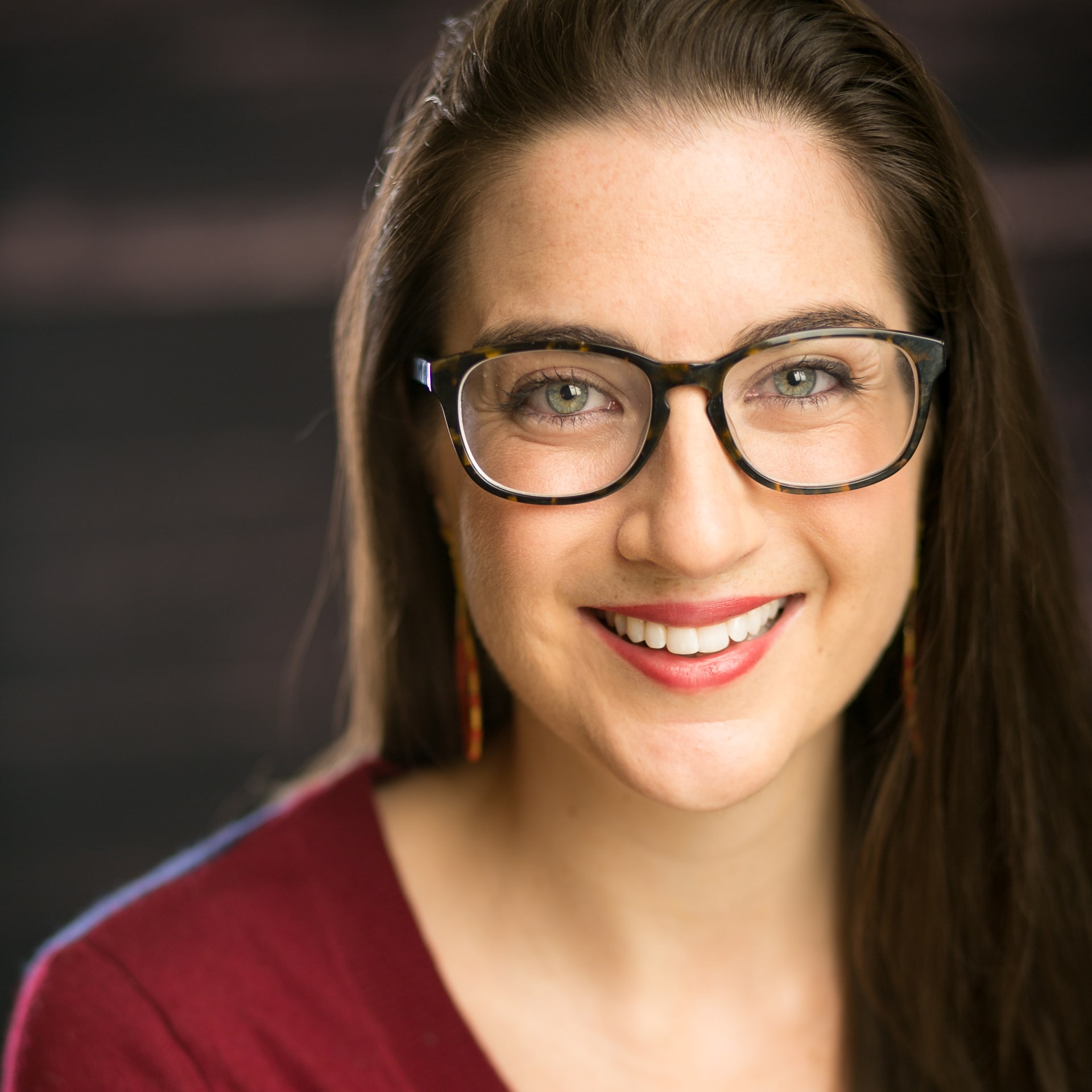As educators and administrators scramble to make up social and academic ground lost during the pandemic, there are increasing calls for setting aside time and resources for relationship building. Positive relationships are a proven lever to boost troubling attendance rates, to mitigate the effects of trauma, and to motivate students in their coursework.
But despite renewed recognition that relationships matter, attending to connections inside schools will only go so far. In fact, only about 15% of students’ time is actually spent in school. As youth development researchers have long pointed out, students exist in an ecology of relationships far beyond the four walls of their school.
Luckily, there’s a promising strategy for schools hoping to tap into the webs of relationships impacting the remaining 85% of students’ out-of-school lives: relationship mapping.
Relationship mapping is shorthand for a variety of strategies aimed at identifying and keeping track of students’ existing social capital assets—the relationships and resources that those relationships might offer—in students’ lives. Exercises in mapping relationships can be paired with lessons on building relationships or goal-setting activities, helping students to connect the dots between where they are, where they want to go, and who they know that can help them get there.
Mapping students’ networks can be a promising strategy toward myriad ends. What relationships schools ask students to identify should depend on the problem they’re trying to solve. Schools and programs may elect to take stock of students’ extended networks in an effort to:
- Identify informal support networks that students can lean on to help drive persistence in school or programs, by asking students who they know outside of school who could help them accomplish their educational or career goals.
- Identify new opportunities and generate shared resources to help open doors, such as asking students whom they know who might be interested in offering opportunities such as internships.
- Identify access to relationships or lack thereof by asking students to name adults whom they feel they can turn to for help, and to identify students who many need additional support or intervention.
- Set the stage for practicing mobilizing relationships to help students engage in help-seeking conversations with their existing networks, such as asking students to reflect on how they might engage with community members in new ways.
- Track network changes over time by repeatedly mapping students’ networks, such asasking students to add to a dynamic map of their network as they meet or engage with new people over the semester or school year.
As my team and I document promising approaches to building and strengthening students’ networks, we’ve come across a handful of programs that deploy some form of relationship mapping as a core strategy. For example, Big Picture Learning, a national nonprofit that supports internship-based learning high schools, has designed a technology tool called ImBlaze to help schools manage work-based learning contacts and opportunities. But schools don’t just use ImBlaze as a productivity tool; at the start of their semester, Big Picture students are encouraged to upload their existing and new contacts that they have in local businesses through their families, communities, and other networks. From there, students across the school have visibility into the range of opportunities represented across their entire school community—not just limited to their existing, inherited networks. The tool also provides references and records on students’ previous experiences at various internship sites.
Now’s the time
Despite promising examples like Big Picture Learning, routinely surfacing who’s in students’ extended networks and finding ways to integrate those connections into school-wide strategies remains a rare practice in schools.
But we’re hopeful that as schools grapple with ensuring all students have the relationships and resources they need, relationship mapping could become more widespread for at least three reasons. First, the pandemic worsened pain points in student supports. School closures shone a light on the crucial roles that support and connection play in the student success equation. To build more resilient systems long-term, schools and institutions would benefit from creating processes and utilizing tools to collect and act on data regarding students’ organic support networks.
Second, enthusiasm to expand students’ support and opportunity networks could fuel deficit-based approaches. More leaders are acknowledging the social side of opportunity and schools and tools committing to brokering networks are growing in response. National investments in “people-powered supports” promise to put more connections within reach for young people. However, deficit-based models—that assume students don’t already know mentors, tutors, and guides—may be growing faster than asset-based ones. The field needs better tools to enlist and bolster support within students’ existing networks, rather than assuming students’ don’t already know people who can help them get by or get ahead.
Third, there’s a dearth of asset-based networking models in the field. Over the years, we’ve been tracking a number of organizations doing great work to build their students’ networks, particularly in service of expanding their professional horizons and opportunities. But we found that even among organizations committed to taking an asset-based approach, very few knew whom their students already knew or what to do with that data.
In the coming months, we’ll highlight how a range of innovators are spearheading promising approaches to helping students identify and activate their existing networks in new ways. Are you one of those innovators? If so please share your approach in the comments!



